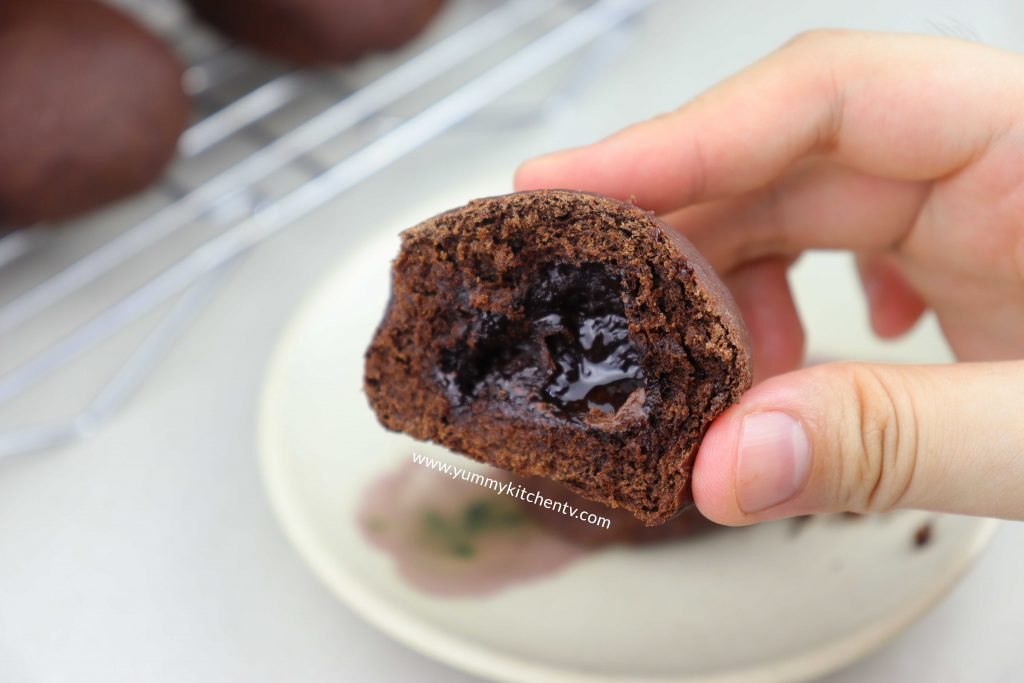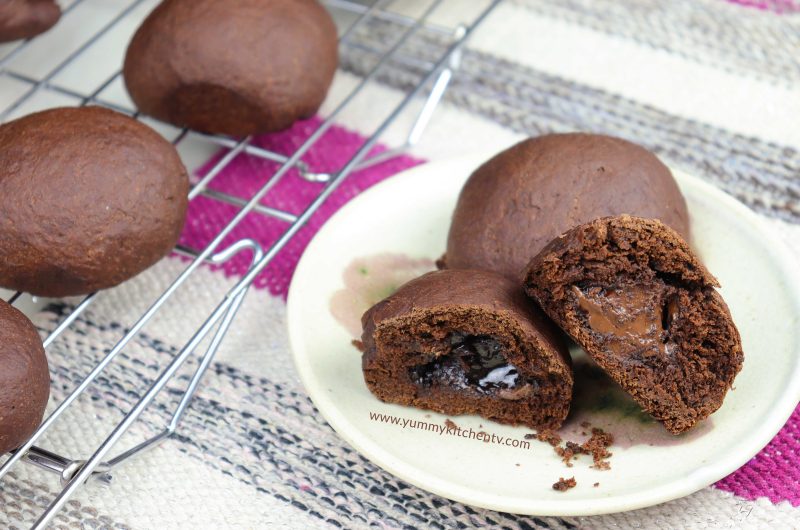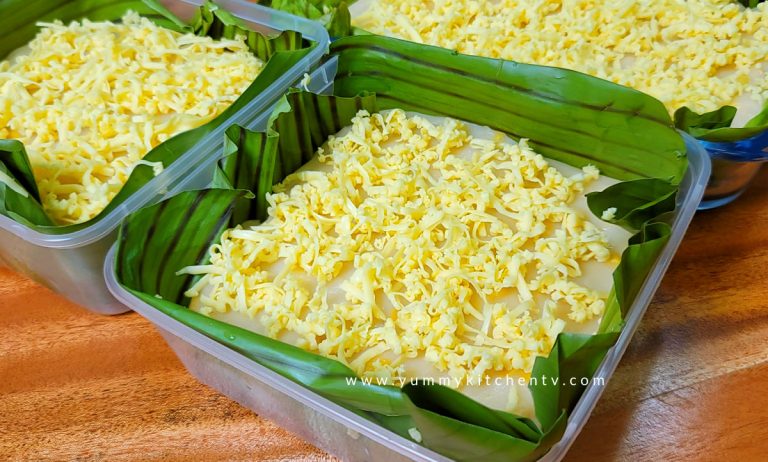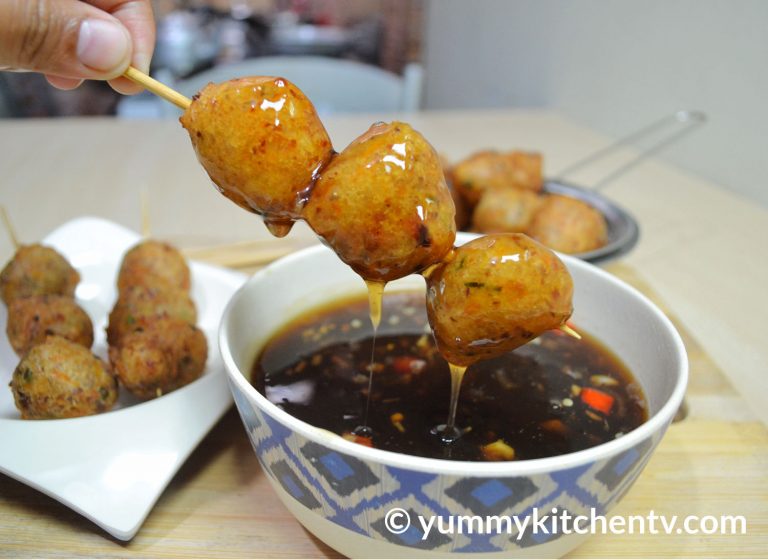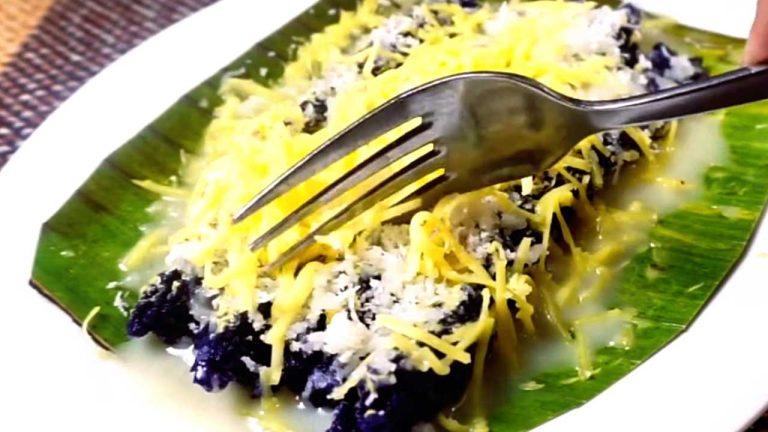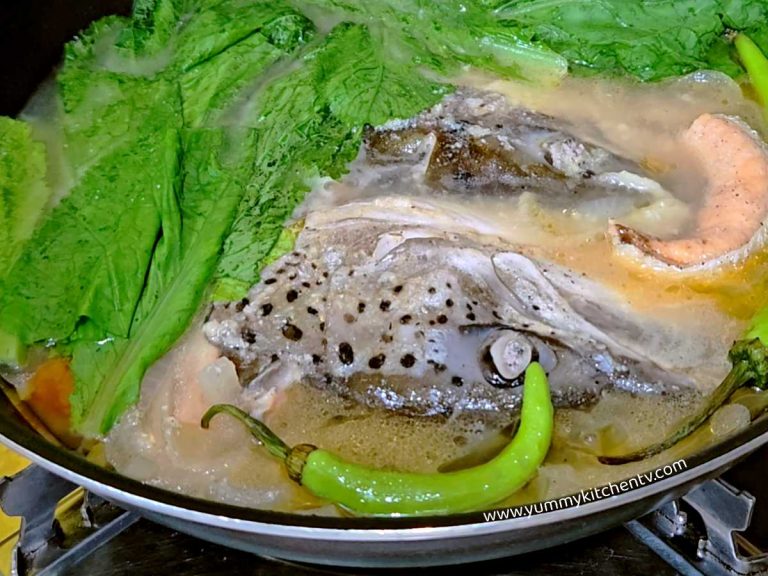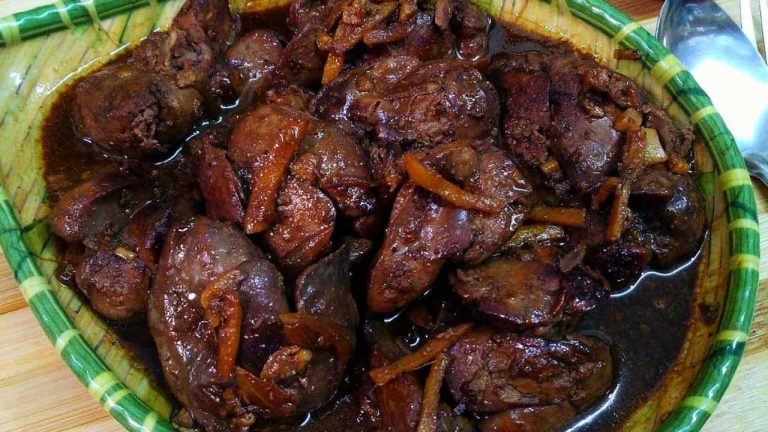Chocolate Pandesal
Chocolate Pandesal converts the popular Filipino bread pandesal to a sweet, fluffy, tasty scrumptious chocolate treat and is made by adding cocoa powder. This Chocolate Pandesal is made by all purpose flour, cocoa powder, coffee powder, sugar, yeast, milk, egg, butter, chocolate and salt. Try out this easy to do bread with a mix of the traditional pandesal ingredients with the addition of cocoa powder and your choice of chocolate-y surprise in the middle!
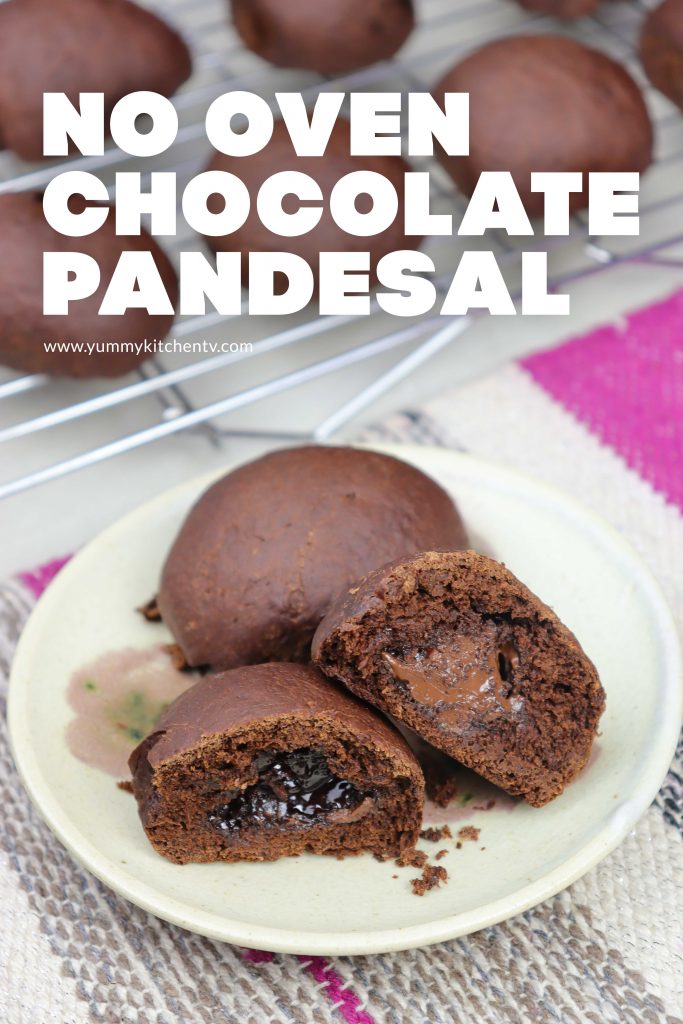
History of Chocolate in the Philippines
It started in the Spanish colonization who back then hand picked crops to be cultivated, and what to be collected, with cacao as one of their choices. Spain did not grow Cacao because of their lands, but since they wanted to consume chocolate, they needed to collect these from varies colonies to be brought back in their journey to Europe. In their journey, they brought chocolate to the Philippines in the form of a beverage learned from the Aztecs. Cacao seeds were actually brought from Mexico, brought over by the Spanish during the Galleon Trade, and planted in the Philippine lands taken cared of Filipinos watched over by Spanish Friars, which used to have an abundance of cacao trees, but with urbanization slowly decreased. Cacao plantation now are located in Mindanao specifically Davao City.
After the Philippine’s independence in 1946,the Philippines continued to lead in the cacao production in the Asian market, the chocolate named ‘tableya’ or ‘tablea’ which is a grounded up 100% cocoa formed into a ball, using the Mexican method of grinding peeled cacao seeds to form a paste and molded into balls, stored in room temperature, unmolded and packed to be ready to used for drinks, cooking, and baking. Tablea is usually created to make a drink similar to hot chocolate by adding the tablea balls into boiling water mixed with a wooden ‘mixer’ called “batirol” which made the drink frothy, mixing this till it’s a bit thick in consistency depending on the person it could also be a bit watery. Drank to warm up or nowadays even served iced, flavored with cinnamon, vanilla, topped with cashew nuts or peanuts, prepared with other traditional delicacies like kakanin or puto, or even made into syrup to drizzle atop cakes and other desserts.
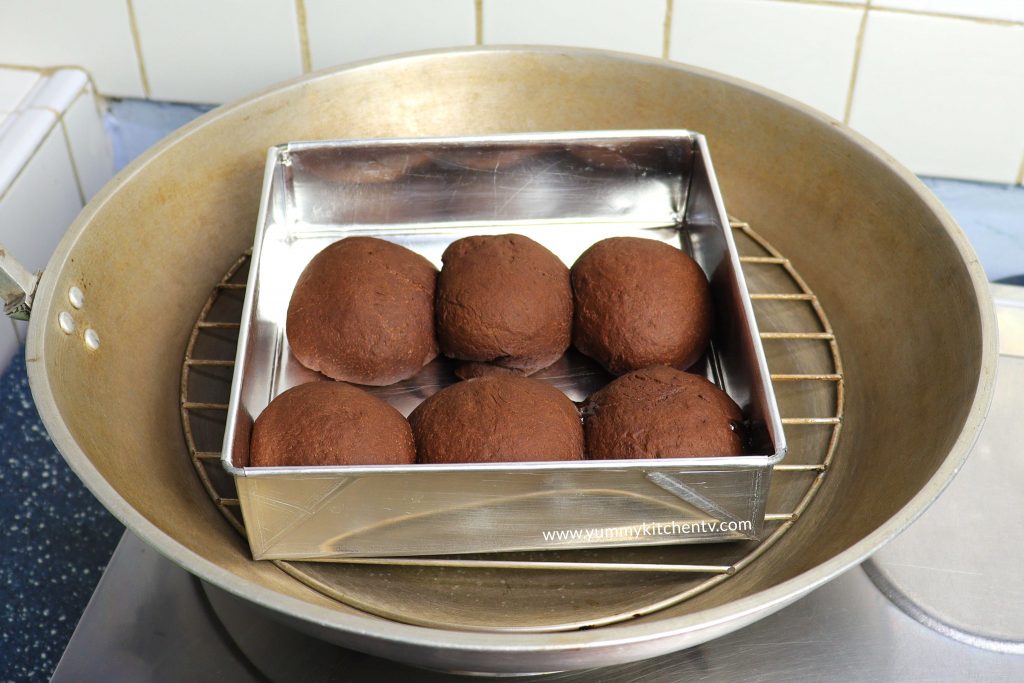
Chocolate in a Pandesal?
Pandesal is a well-known afternoon snack to many Filipinos with a decadent twist. The local favorite Pandesal originated from 16thcentury Spanish colonial era in the Philippines, bakeries and baked good ingredients brought by the Spaniards gave the Philippines a state of a rice substitute called bread.
Pandesal is often served hot and fresh right out of the oven with a line forming outside the panaderia ready to take brown paper bags of soft fresh aromatic fluffy buns back home to fill with meats, cheeses, jam and other spreads to be enjoyed in the afternoon with a hot cup of coffee to dip it in. In this recipe, the usual pandesal ingredients like yeast sugar, milk, flour, salt, egg, and butter, are mixed together with the main ingredient. The cocoa, you can also substitute these with other chocolate powders like Milo or Ovaltine, this recipe also includes a dash of coffee to add to the aromatic factor and enhances the flavor of the chocolate. It makes it taste richer as coffee is similar to what salt it to dishes; it gives it a deeper stronger taste. Aside from the cocoa to make the beautiful chocolate-y bun, you can also add your choice of chocolate as the filling, from baking chocolate to make sure to give you that goeey melting shot, you can add chocolate pieces like Cadbury, kisses, and even m&m’s to give it that color, just make sure the wrap the chocolates properly with the dough and seal it to prevent the chocolate from pouring out while it’s baking. This recipe is a great alternative, as you’ll only need a big pan or pot with a cover and a rack to remake the ‘oven’ to bake.
This No Oven Chocolate Pandesal is a hit with people with a sweet tooth and needs a bit of a sweet pick me up.
No Oven Chocolate Pandesal Recipe (Tagalog)
Sahog
- 1 kutsarang lebadura
- 1/3 tasa puting asukal
- ¾ tasa katamtamang init na gatas
- 2 tasa harina (extra pang masa)
- ½ tasa cocoa powder
- 1 kutsaritang coffee powder
- ¼ kutsaritang asin
- 1 itlog na malaki
- ¼ tasa tunaw na mantikilya na walang asin
- kahit anong tsokolate pang palaman
Paano lutuin
- Sa maliit na mangkok haluin ang lebadura, asukal, at gatas. Itabi ng 7 na minute.
- Sa ibang mangkok, salain ang harina, cocoa powder, coffee powder, at asin. Haluin ng mabuti at lagyan ng itlog, mantikilya, at ang hinalong lebadura. Haluin hangang makabuo ng mabuhaghag na masa.
- Sa ibabaw na winisikan ng harina, ilagay ang masa at masahin at lagyan ng harina kung kinakailangan, masahin hangang makinis at bumabalik sa porma kung pinindot.
- Ilagay sa malaking mangkok na grinasa ng mantika, takpan ng 1 oras o hanggang dumoble ng laki, I masa ng konti at ilagay sa ibabaw na may harina at imasa ulit ng konti. Hataiin ng 9 o 10 na pirsao o pareparehas na 50g ng bigat.
- Hilain ang mga gilid ng bola ng masa, o gumamit ng rolling pin para maunat. Ilugar ang tsokolate sa gitna at takpan ng masa, pindutin para maselyo. Ibilog sa makinis na ibabaw para kuminis ang ibaba.
- Ilagay sa baking tray at takpan ng 1 oras o hangang magdoble ng laki.
- Para i-dry steam; takpan ang kawali sa kalan na may katamtamang init ng 7 na minute, ilagay ang rack at making tray sa taas ng rack at takpan ng 12 o 15 na minute. Tangalin sa kalan at palamigin ng konti.
- Ilugar sa baking rack para palamigin o ihanda ng mainit init.
